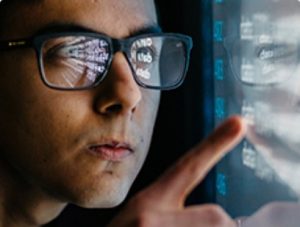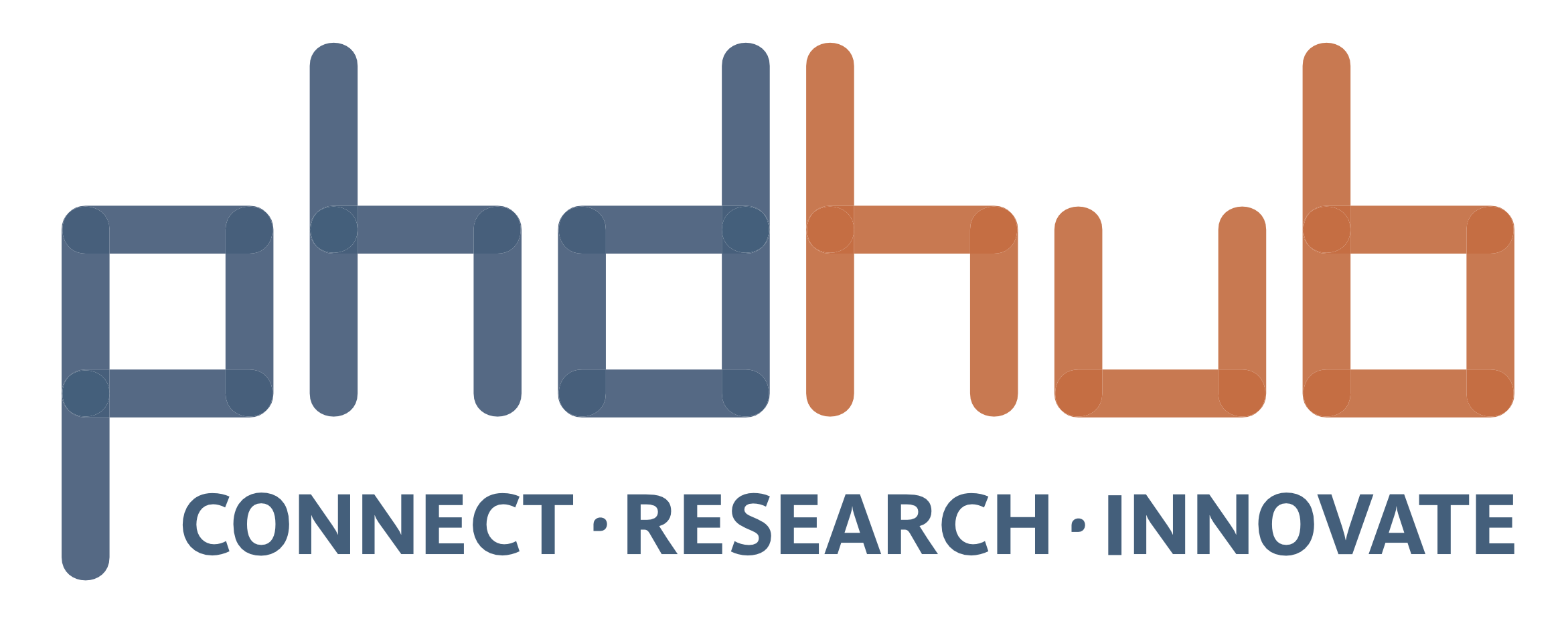

The Data Analytics and Artificial Intelligence Research Group and develops advanced machine learning and optimisation methods, applying multi-agent systems to smart cities and digital health. The group’s main focus is machine learning techniques and applications. Research in this group brings together a number of areas closely related to this core focus.
A grid engine based approach to multi-agent systems
Suited to distributed implementation, multi-agent systems offer the possibility of directly representing the individual components of an intelligent system; its autonomous behaviour and interactions with other system components [Murch 1998]. Specialist behaviour encapsulated within an agent gives it the ability to adapt, interact, and evolve within the environment in which it exists. If multiple agents are hosted on independent computers within the same network, inter-agent communication is used to achieve interaction and collaboration.
Traditionally, blackboard architectures have emerged as a suitable host platform for multi-agent implementations [Jufeng 2004]. A blackboard architecture is a form of distributed Artificial Intelligence based on the analogy of a group of experts working together to solve a common problem. In general, these architectures consist of three distinct components including a blackboard, expert or agent modules, and a communications control unit. The blackboard itself represents an area of shared-memory where the experts or agents store and retrieve information.
Unfortunately, distributed blackboard architectures often represent bespoke software that can be removed from service sporadically as an institutes research direction changes. Fortunately, the core functionality provided by vendor maintained grid engine software such as Oracle Grid Engine [OGE 2017] and Son of Grid Engine [SGE 2017] closely match that of distributed blackboard architectures.
The aim of this project will be to determine the practicality of employing an off-the-shelf grid engine as a host for multi-agent systems. It will also investigate system redundancy in the event of hardware failure and the viability of broadcast, agent-to-agent and other communication models.
Murch, R. and Johnson, J. Intelligent Software Agents, Prentice Hall, USA, 1998.
Jufeng, W. Hancheng, X. Xiang, L. and Jingping, Y. Multi-agent Based Distributed Control System for an Intelligent Robot, Proceedings of the IEEE International Conference on Services Computing (SCC’04), 2004, 633-637.
OGE, Oracle Grid Engine, Available at: <https://en.wikipedia.org/wiki/Oracle_Grid_Engine>
SGE, Sun Grid Engine, Available at: <https://arc.liv.ac.uk/trac/SGE>
Informal enquiries should be directed to: Dr Roger Tait (roger.tait@bcu.ac.uk)
An evaluation of loosely-coupled non-linear deformable co-registration
Co-registration is an important step in image analysis tasks where information is extracted from a combination of sources. Medicine (monitoring tumour growth, treatment verification, and the comparison of patient data with anatomical atlases) is currently the most prominent field of application [Sotiras 2013]. The major limitation associated with non-linear image co-registration is its high computational cost and long running time >24 hours. As a result, it has limited application where fast execution times are required.
Non-linear deformable registration is based on the assumption that evenly spaced meshes of control points can be placed over fixed and moving images. In order for registration to be performed, each moving control point plus underlying image intensities are transformed and compared with their fixed counterpart until an acceptable level of similarity is achieved.
Such algorithms have been successfully hosted in tightly-coupled parallel architectures by assigning subsets of control points to individual cores. Conveniently, the use of free-form deformations [Loeckx 2004] permits the independent movement of control points. Similarly, spline-based representations [ITK 2017], where each control point has localised influence resulting in the movement of neighbouring control points is also realistic. Crucially, the resulting implementations address the computational burden associated non-linear registration in highly specialised architectures commonly found in supercomputing environments.
The aim of this project will be to determine the practicality of non-linear co-registration in grid engine style environments. It will also involve an investigation into the performance of any resulting grid engine style algorithms with increasing granularity.
Sotiras, A. Davatzikos, C. and Paragios, N. Deformable Medical Image Registration: A Survey, IEEE Transactions on Medical Imaging, 2013, 32(7), 1153-1190.
Loeckx, D. Maes, F. Vandermeulen, D. and Suetens, P. Non-rigid Image Registration Using Free-form Deformations with a Local Rigidity Constraint, Lecture Notes in Computer Science, 2004, 3216, 639-646.
ITK, The National Library of Medicine, Insight Segmentation and Registration Toolkit, Available at: <http://www.itk.org>
Informal enquiries should be directed to: Dr Roger Tait (roger.tait@bcu.ac.uk)
